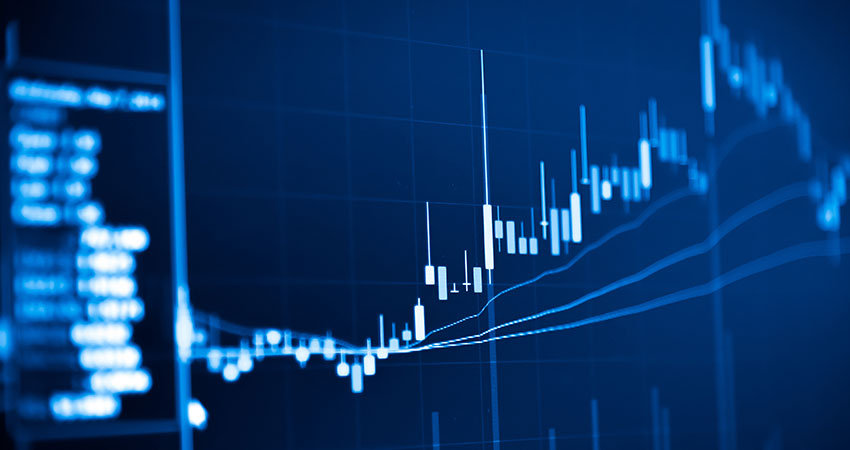Grocers may be ringing up major sales from the crush of store and online panic buying due to the growing coronavirus threat, but it will be painful after the situation abates as demand falls and supplies are overstocked, a Barclays analyst said in a research note.
While food retailers are benefiting near-term from stockpiling, with excess demand leading to food inflation, “once the non-discretionary demand surge abates, we believe we will see meaningful food deflation (excess supply/declining demand),” said Barclays analyst Karen Short, lead author of the note.
“So, while grocers are considered safe for now, this could prove very short lived, meaning the grocery sector is benefitting on the front end of this cycle, but will be meaningfully challenged on the back end,” Short said in the note.
Short also said in her view, the current coronavirus pandemic has parallels to both the Sept. 11, 2001 terrorist attacks and the 2008/2009 recession, in terms of their impact on consumer behavior. “The 9⁄11 period led to ‘nesting,’ 08/09 led to demand destruction,” she wrote. “COVID-19 will lead to both.”
The Barclays note also referred to widespread reports of a lack of normal e-grocery delivery windows at checkout and extended wait times from app-based providers like Shipt, Instacart and Amazon Fresh due to huge increases in demand. Short noted that grocery margins will be impacted as ecommerce fulfillment is less profitable that traditional store purchases.
“Notably, we also believe the switch to ecommerce we are seeing today will be sticky when demand returns to ‘normal,’ ” she said in the report. “Behavior is unlikely to revert back, so grocery demand, which will eventually normalize, will have a meaningfully higher ecommerce component, resulting in profits pressure.”
Deflation in grocery prices is expected suppliers when demand slows, Short said.
“History tends to repeat itself,” she said. “Today’s strong demand picture can change quickly, even for food, if the broader macro backdrop worsens. For example, back in 2008 and 2009 we went from inflation to deflation quickly when strong demand dried up and commodities prices cratered. The collapse of the commodities complex back then did not take much time to work its way through the supply chain and into lower prices on shelves.”

